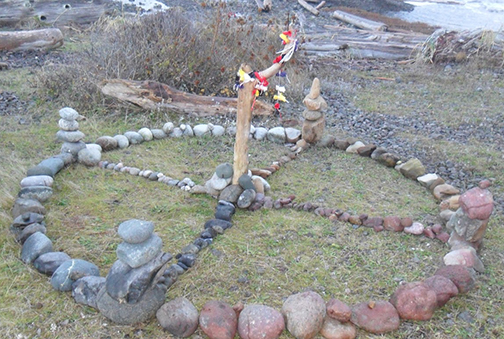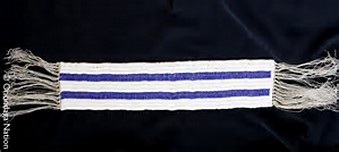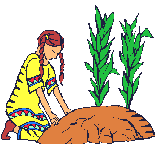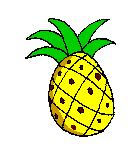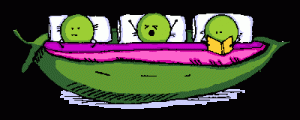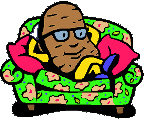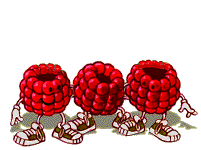|
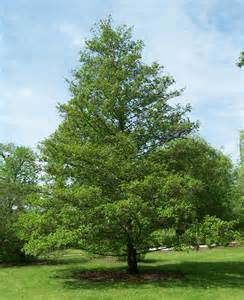
Alder
|
Alder bark is simmered in water to make a healing wash for deep wounds. It is astringent and will help to pull the edges of a wound together. The leaves and bark can be made into a tea that will benefit tonsillitis and fever. The leaves are also used in poultices to dry up breast milk. Alder bark tea can be used as a douche or for hemorrhoids. Fresh alder sap can be applied to any area to relieve itching.
|
|
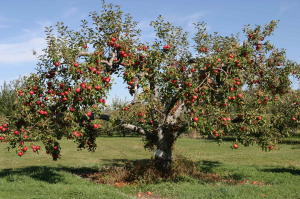
Apple
|
The bark of the root of apple trees is used for fevers. Apples are rich in magnesium, iron, potassium, and Vitamins C, B and B2. When peeled, they relieve diarrhea. Stewed unpeeled apples are a laxative. Eating apples regularly promotes restful sleep. Baked apples can be applied warm as a poultice for sore throats and fevers. Apple cider is important in this time of antibiotics, which destroy the intestinal flora. Raw, unpasteurized apple cider will restore the correct bacteria to the bowels after a course of antibiotics. Apples reduce acidity in the stomach and help to clean the liver. Add garlic and horseradish to apple cider to clear the skin. Use the mixture as a wash externally and take it internally as a drink.
|

Ash
|
Ash is a tall tree whose compound leaves are composed of five to nine, or seven to eleven leaflets. Its bark is very tightly and regularly furrowed, and its winged, canoe-paddle-shaped seeds, called keys, hang in clusters until they are brown and drop off in the fall. The tender new spring growth of the twig tips and leaves can be simmered to make a laxative tea that will benefit gout, jaundice, and rheumatism.
|
|
Bearberry
|
The leaves of bearberry have many components which have antiseptic, diuretic and astringent qualities, and are used to treat inflammations because of these properties. Preparations from bearberry are used today in treating urinary tract problems such as cystitis and urethritis, anemia and rheumatism.
|
|
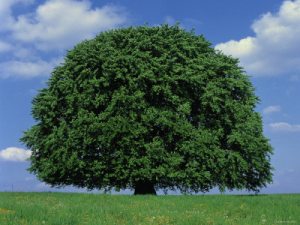
Beech
|
Beech trees have a distinctive, smooth gray bark that resembles the skin of an elephant. The bark is used as a tea for lung problems, including tuberculosis. It is also cleansing to the blood, through pregnant women should avoid it. Beech bark tea make a good wash for poison ivy. Beech leaves are used in poultices for burns and for frostbite.
|
|
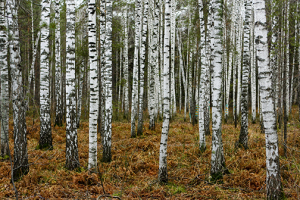
Birch
|
The sweet birch {black birch} and yellow birch both have a nice wintergreen flavor in their twigs and bark. Birch leaf or twig tea is a laxative, and healing to mouth sores, kidney and bladder sediments, and gout. The tea also help rheumatic pains. Make a strong decoction of the twigs, bark and leaves and add it to the bath for relief of eczema, psoriasis, and other moist skin eruptions. Modern medicine has recently confirmed that betulinic acid, formed in birch sap, has anti-tumor properties that help fight cancer. |
|
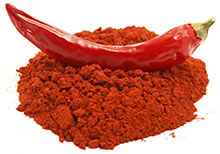
Cayenne
|
Capsicum is an anti-inflammatory, when used topically, and has benefit when rubbed on painful, swollen arthritic joints. Taken internally, it can reduce discomfort from the common cold, provide a mild stimulant, and can lower cholesterol blood levels.
|
|
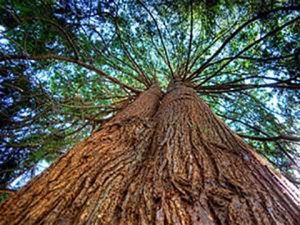 Red Cedar (West Coast of Canada Only) Red Cedar (West Coast of Canada Only)
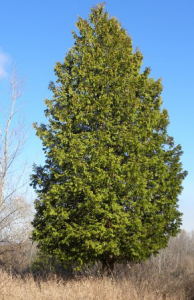 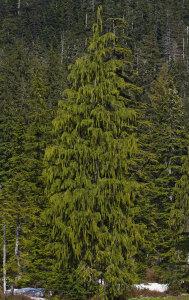
White and Yellow Cedar
Everywhere else
|
Arborvitae (Tree of Life). Administered by Natives to save Jacques Cartier and his crew from scurvy. Cedar Tea and Cedar Baths are excellent for reducing turmoil as it is physically cleansing and brings a fresh air to the sufferer which lessens the resistance to needed change. A tea is made from the leaves and twigs, and is very high in Vitamin C. Among Native people it is considered a sacred tree, and they will not perform a ceremony without it. Its branches are used on the floor of sweat lodges, and it is dried and burned as an incense because it harmonizes the emotions and put one in the proper state of mind for prayer. The tea of the twigs and branches is simmered until the water in the pot begins to turn brown. It is then used for fevers, rheumatic complaints, chest colds and flu.
|
|
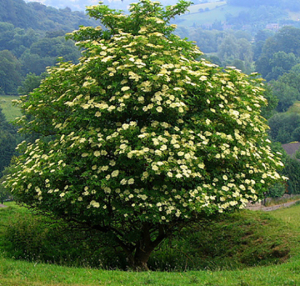
Elder
|
Elder trees are quite small. They have clusters of white flowers in spring and black or deep purple berries in fall. They thrive in damp, moist areas. Elderberries are used to make preserves, pies, and wine. Taken as a tea, either fresh or dried, the berries benefit the lungs and nourish the blood. The young leaves of elder are used in salves and poultices for skin healing. A root bark tea clears congestion, eases headaches, and is used in poultices for mastitis. A tincture of the flowers lowers fever by promoting perspiration. Elderflowers water is a traditional remedy for skin blemishes and sunburn. Cold elderflower tea is placed on the eyes as a soothing compress for inflammation. Elderflower oil makes a soothing balm for sore nipples of nursing mothers.
|
|
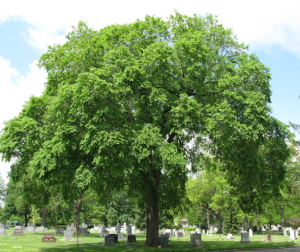
Elm
|
Slippery elm is a medium-sized tree with grayish bark, usually found near streams. Unlike the American elm its crown does not droop. It leaves are also larger than the American elm’s with coarsely toothed margins. The inner bark of the slippery elm, which is sticky and fragrant when fresh, is used medicinally. Slippery Elm bark is available in dried and powdered forms from herbalists. It is made into paste with water and then applied as a poultice to injuries of flesh and bone, on gunshot wounds, ulcers, tumors, swellings, chilblains, and on the abdomen to draw fever out. Slippery elm is very high in calcium, and a pudding or tea of the bark can be ingested to help speed bone healing. The powdered bark in water makes a jelly that soothes bowel and urinary problems, sore throats, and diarrhea. It makes a perfect substitute milk for babies who are allergic to cow’s milk. Try adding a little lemon and honey for flavor.
|
|
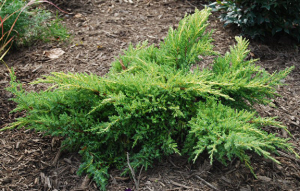
Juniper
|
Juniper tea is used by the Navajo to treat colds, headaches, and stomachaches. Pueblo women have traditionally used a tea made from Juniper during, or immediately after labor, and also for indigestion. Juniper and fir have been used to treat painful gout, by reducing uric acid levels. The berries have a strong diuretic, antiseptic and antispasmodic effect, and are useful for the treatment of urinary tract infections.
|
|
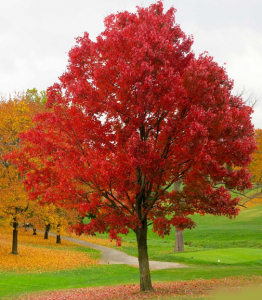
Maple
|
Maples are large trees with deeply lobed, toothed leaves. The bark of the younger tress is gray and smooth, on older trees it breaks into ridges and fissures. Maples have winged seeds that hang in cluster of two. The Ojibwa and the Cherokee made a decoration of the inner bark or red maple to use as a wash for sore eyes. The leaves of striped maple, or moosehead, were used to poultice sour breasts. A decoration of inner bark of sugar maple was used for diarrhea. The Penobscot used striped maple bark in poultices for swollen limbs, and as a tea for kidney infections, coughs, colds, and bronchitis. Young maple leaves can be made into massage oil that will be soothing to sore muscles.
|
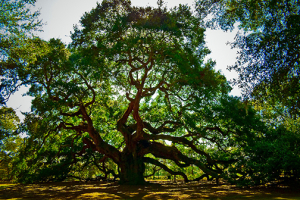
Oak
|
The Oak represents stability, strength and protection. It teaches persistence and endurance. Often thought to be the the royal family of Standing People. Oaks are large trees with lobed leaves and acorns topped by bowl-shaped caps. The best oak for internal use is white oak, though all oaks are valuable as external washes. The tannins in oak bark and leaves are helpful in pulling the edges of a wound together and is antiseptic and antiviral. White oak bark tea is used for chronic diarrhea, chronic mucus discharges, and piles. It makes a nice gargle for sore throats and wash for skin problems such as poison ivy, burn and wounds. The tea of the leaf of the bark may be used by women as a douche for vaginitis. Use caution: Prolonged ingestion of oak is potentially harmful.
|
|
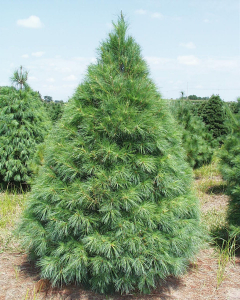
Pine
|
All pines are evergreens, with needles that grow in soft, flexible clusters. Pine trees are revered worldwide as healing agents. Any pine, or other evergreen such as spruce, larch, and cedar, will have antiseptic properties useful as a wound wash. The most palatable pine for internal use is the white pine. Its needles and twigs are simmered into a tea that is rich in Vitamin C. The tea is used for sore throats, coughs, and colds. Chinese herbalists boil the knot of the wood because of the concentrated resins found there. Pine baths aid kidney ailments, improve circulation, and are relaxing to sore muscles. The aroma of pine is soothing to the nerves and lungs. Pine tea make a wonderful foot bath.
|
|
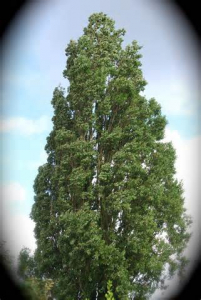
Poplars
|
Poplars are distinguished by their drooping catkins and rounded leaves with pointed tips. Balsam poplar was used by Native American herbalists who scored the bark and applied the resinous gum to toothaches and swellings. The sticky spring buds were gathered in May and used in salves for skin problems, sprains, sore muscles, wounds, headaches, tumors, eczema, bruises, gout, and on the chest for lung ailments and coughs. The buds were decorated and used internally for phlegm, kidney and bladder ailments, coughs, scurvy, and rheumatic pains. The root was combined with the root of white poplar in a decoction to stop premature bleeding in pregnancy. The warmed juice of white poplar was dropped into sore ears. Poplar barks are high in salicin, making them useful in treating deep wounds, gangrene, eczema, cancer, burns, and strong body odor. The inner bark of a young poplar tree is edible in the spring and can be simmered into a tea for liver and kidney ailments.
|
|
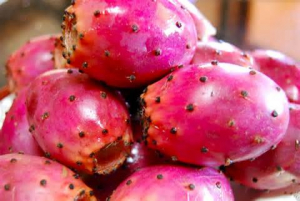
Prickly Pear
|
The skinned and filleted pads can be used as a skin or wound dressing, similar to the use of aloe vera. The juice of the prickly pear is used today in Mexico as an anti-inflammatory and diuretic, for infections of the urinary tract for symptom relief, in combination with an antibiotic to kill the bacteria causing the problem. The juice has been effectively used to lower the blood sugar in adult-onset diabetes.
|
|
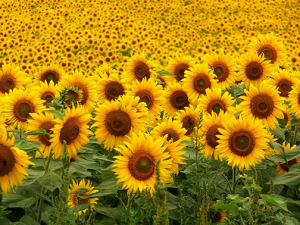
Sunflower
|
Sunflower oil is said to be emollient and antioxidant. The Navajo use a sunflower infusion for prenatal infections and removal of warts. A tradition skin wash, with anti-oxidant and anti-aging properties, can be made from sunflower oil, sagebrush and creosote tea, and is patted on the face twice daily with reputed youth-preserving effects.
|
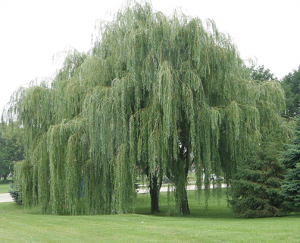
Willow
|
Willow the tree of immortality. There are more than forty varieties of willow growing in the US. They are water-loving trees, a good indicator species if your looking for a regular water source, either above or below ground. Willows have slender flexible twigs and long, narrow, simple leaves. In early spring, willows bloom with golden catkins that mature into small seed capsules in late summer. All willow barks have salicylic acid, which is a natural form of aspirin. Willow bark tea treats muscle pain and inflammation, diarrhea, fever, arthritic pain, and headache. Used externally it makes a wash for cuts, ulcers, and poison ivy. Willow bark in teas and capsules is sedative and eases insomnia. It reduces the risk of heart disease and may delay cataract formation.
|
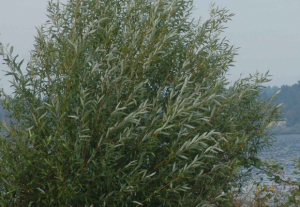
Pacific Willow
|
Original Aspirin. Chewing the bark or boiling it into a tea relieves pain. It contains salicylic acid, main ingredient of pharmaceutical aspiring.
|
